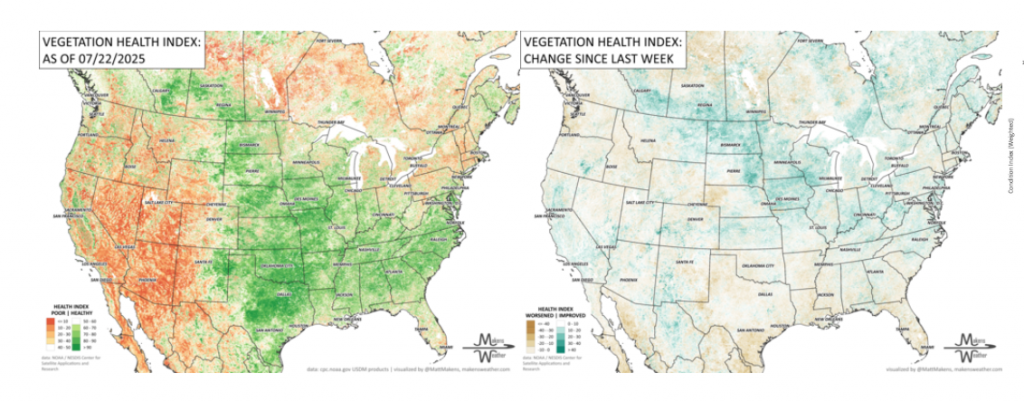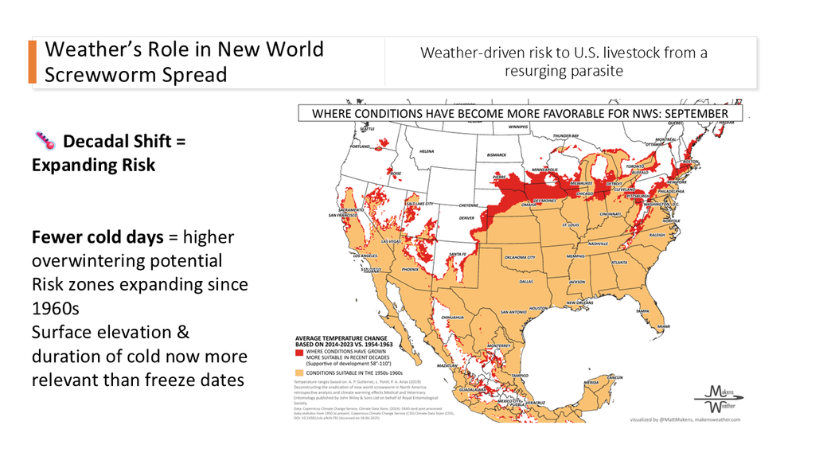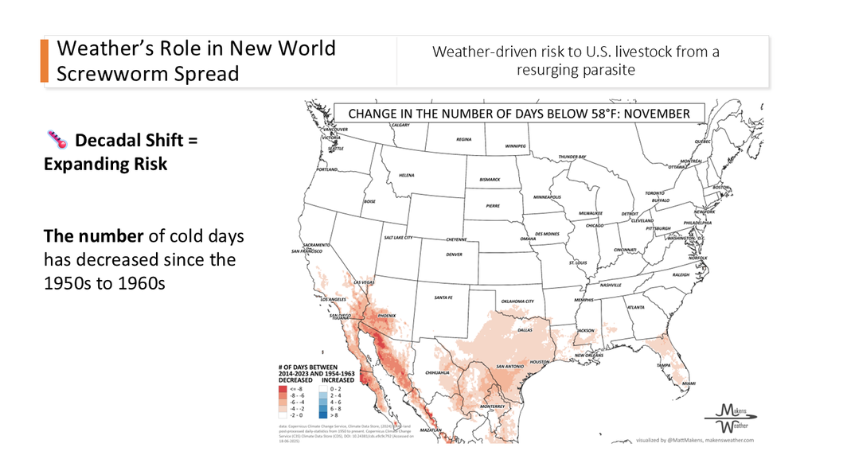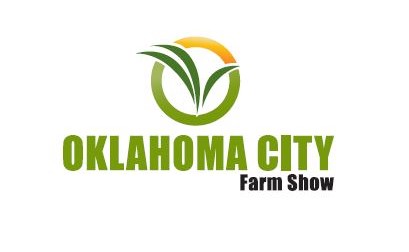
After an extraordinary period of drought eradication, Oklahoma’s weather patterns are once again shifting, bringing a return to hot summer conditions and the potential for increasing dryness. This comes as agricultural producers across the state, and indeed the country, remain keenly attuned to environmental factors, including the re-emergence of the New World screw worm fly.
According to Matt Makens who spoke at the OCA Meeting to our own Ron Hays, Makens says the recent remarkable lack of drought in the region is a testament to “a series of systems that just didn’t stop coming.” Makens pointed to the “real soaker that came through last, late October, early November” as a catalyst, moistening soils and setting the stage for “a gravy train… of just progressive storm after storm after storm with this rainfall.” This led to a continuous improvement on the Drought Monitor week by week, a “very remarkable for mid-July, late July” situation.

However, the tide is turning. “We’ll see how those drought numbers pan out over the next few weeks, with some of these hot days that are finally building back in here,” Makens cautioned. He explained that El Niño and La Niña patterns, while typically neutral during summer months, are likely to lean “neutral to La Niña” as the state heads into fall and winter. For the Southern Plains, this typically means drier conditions. “If we can stay neutral as we did last year, that’s better for our moisture prospects,” Makens stated, but warned that “if we start talking strong La Niña developing, that’s when the drought numbers really more rapidly increase.”
Looking ahead, August is expected to be “break even for the state in total,” with eastern Oklahoma possibly favored for moisture, while temperatures remain warm through the rest of the year. By September and October, “you’ll start to see your drought numbers likely increasing, first off in the West and the northern counties, and then spreading eastward,” Makens predicted, describing a “progressively drier” period. Farmers should anticipate “dusting in their wheat” around October or early November, followed by a “window of moisture in late fall, early winter,” before much of winter reverts to drier conditions. This forecast, Makens noted, “is almost everything’s kind of panning out to look like a rinse cycle repeat from what 2024 ended and started 25 for this upcoming year.” The threat of “flash drought” also remains on the table for western Kansas and western Oklahoma, particularly with the current high heat rapidly depleting soil moisture.

Beyond weather, livestock producers are closely monitoring the potential northward spread of the New World screw worm fly from Mexico. Weather patterns heavily influence the movement of this pest. Makens highlighted a “huge connection in spreading screw worm from Mexico into the United States, tied to the North American Monsoon.” Fortunately for this year, “the monsoon is not as strong, and that may limit the northward spread of this insect.”

The screw worm thrives in temperatures around the lower 80s, and cold weather is a crucial eradicator. “You want to have cold weather,” Makens emphasized, noting that soil temperatures typically reach the necessary 46 degrees or colder in October or November in Oklahoma. However, further south in Texas, especially the far southern tip, cold temperatures are often insufficient to eliminate the pest year-round, making it a “favorable region” for screw worm activity. “Weather is a great big eradicator for that pest,” Makens affirmed, “So we need Mother Nature to help us there and get us some cold.”

In conclusion, Oklahoma faces a complex weather outlook for the remainder of the year. Producers will need to be flexible and adaptable, as Makens advised, to “play this hit and miss game that we’re about to see yet again this year” concerning crucial rainfall timing.
To read more from Matt Makens, click here:

















